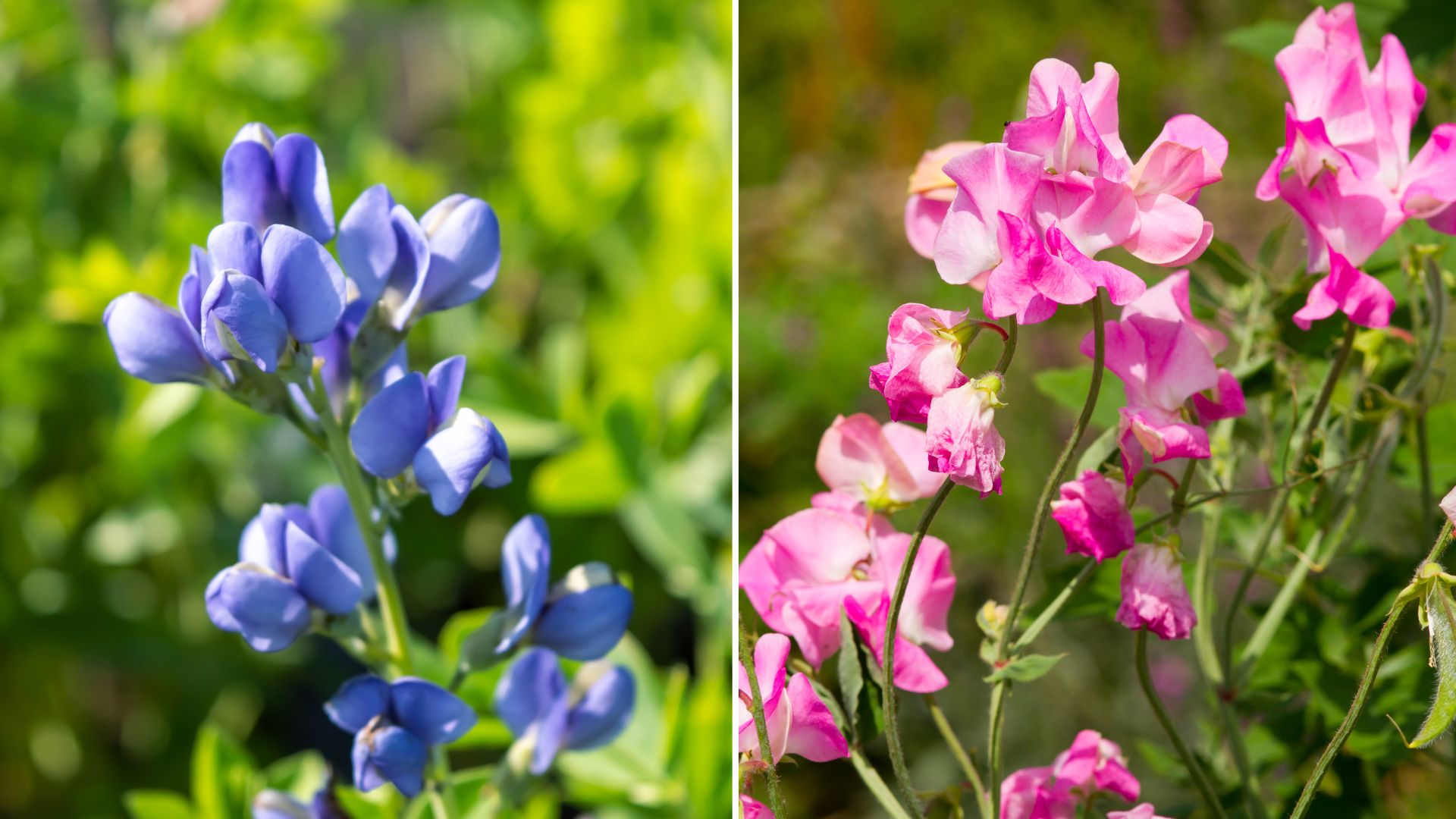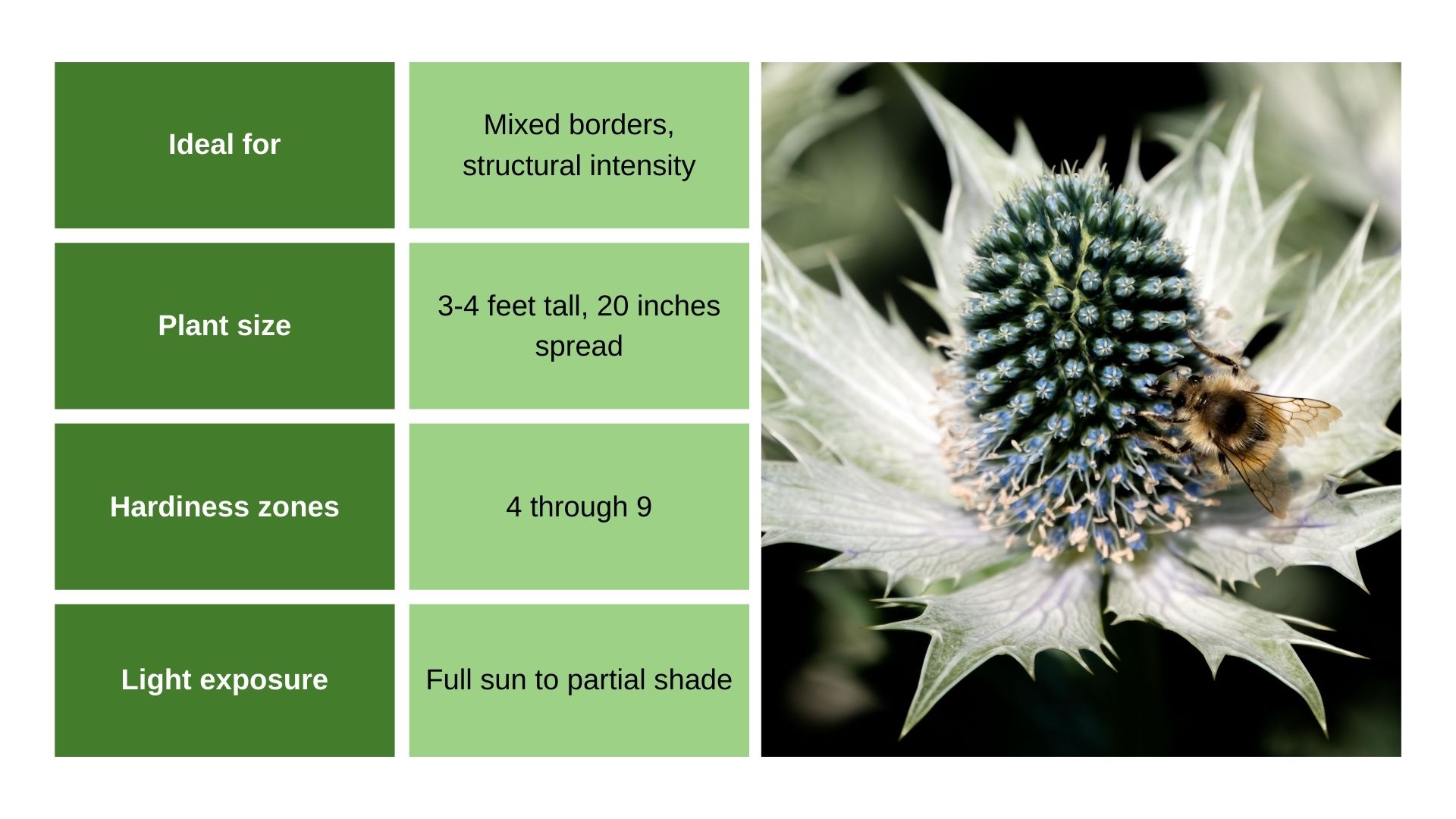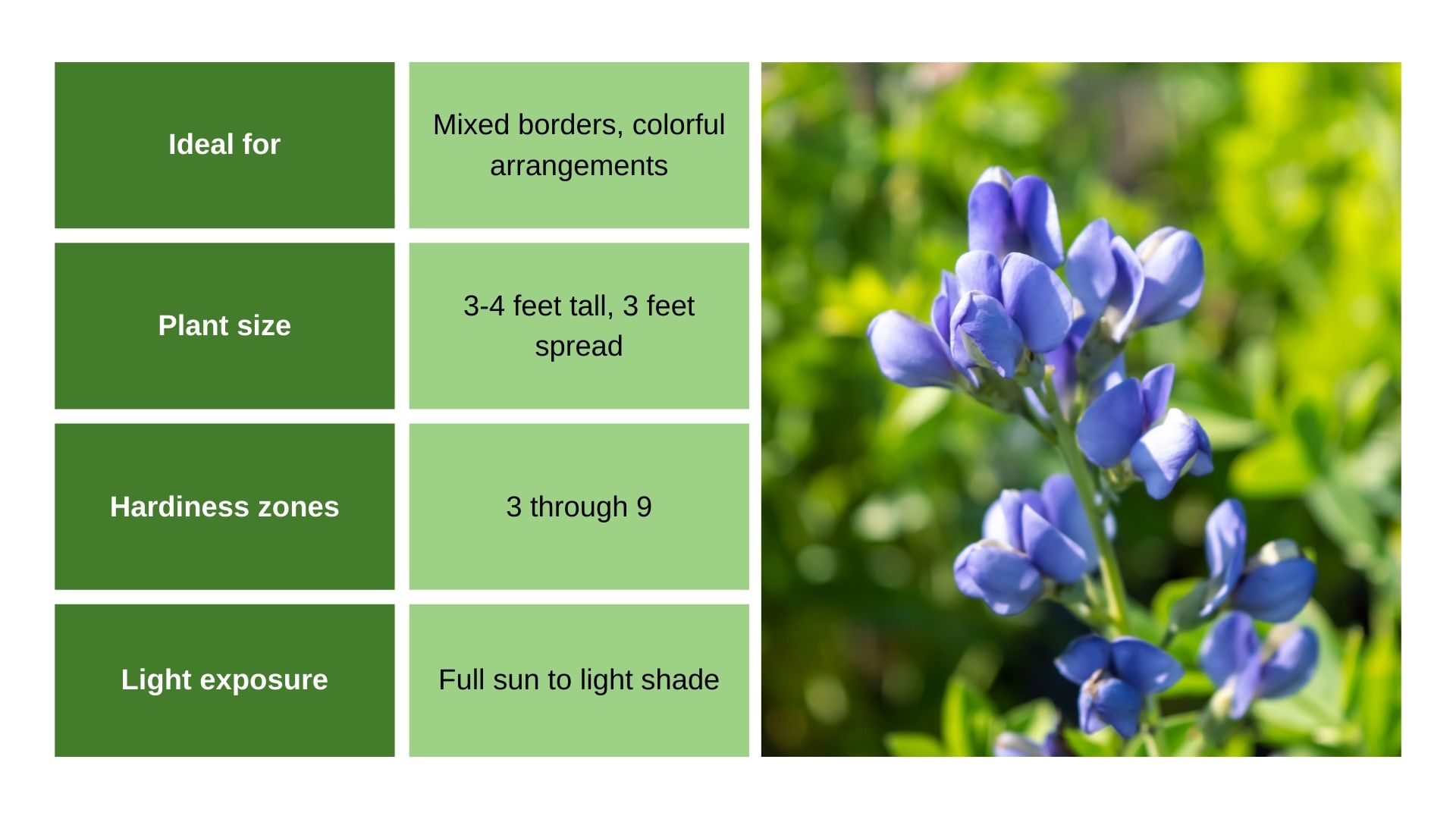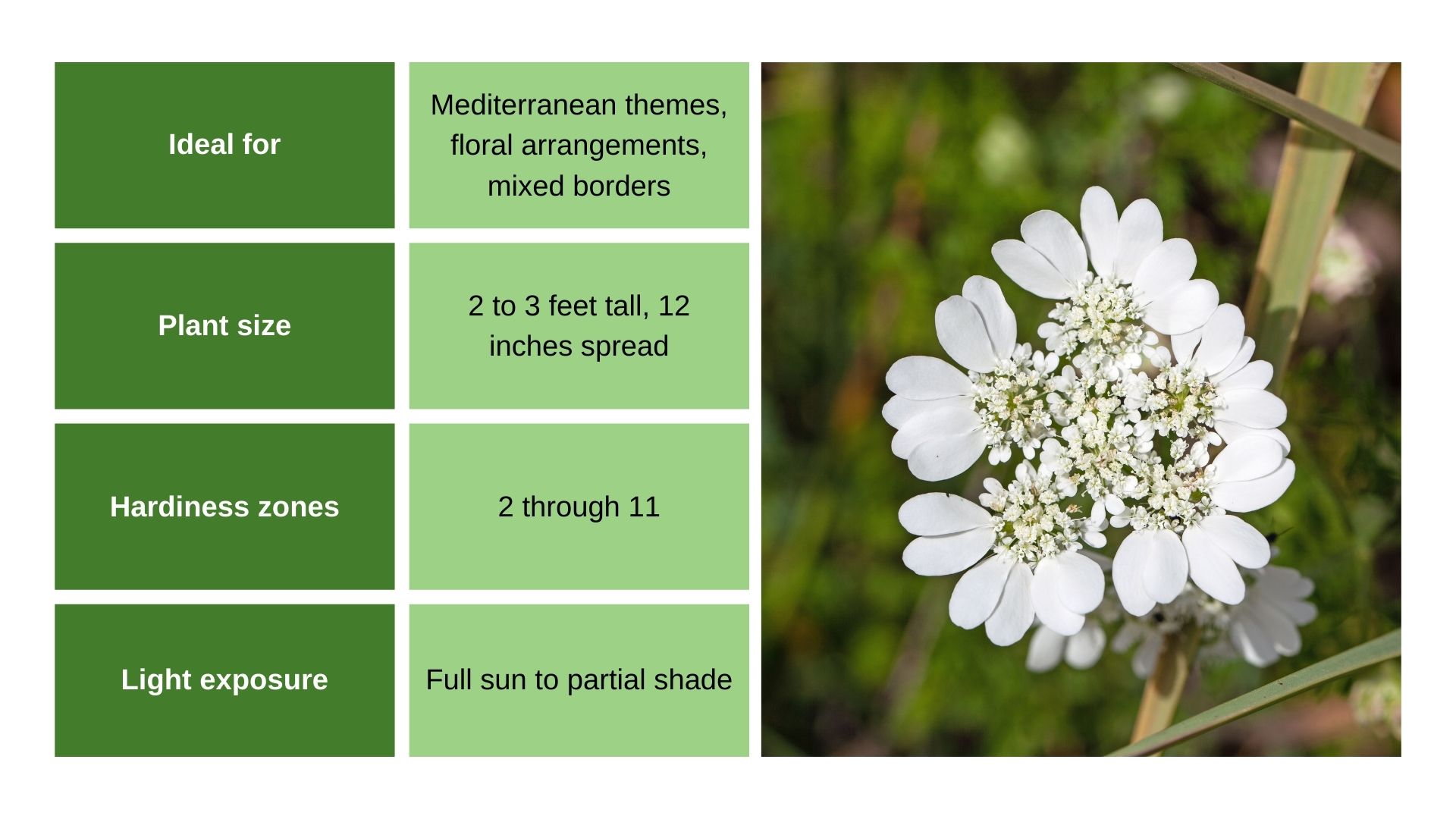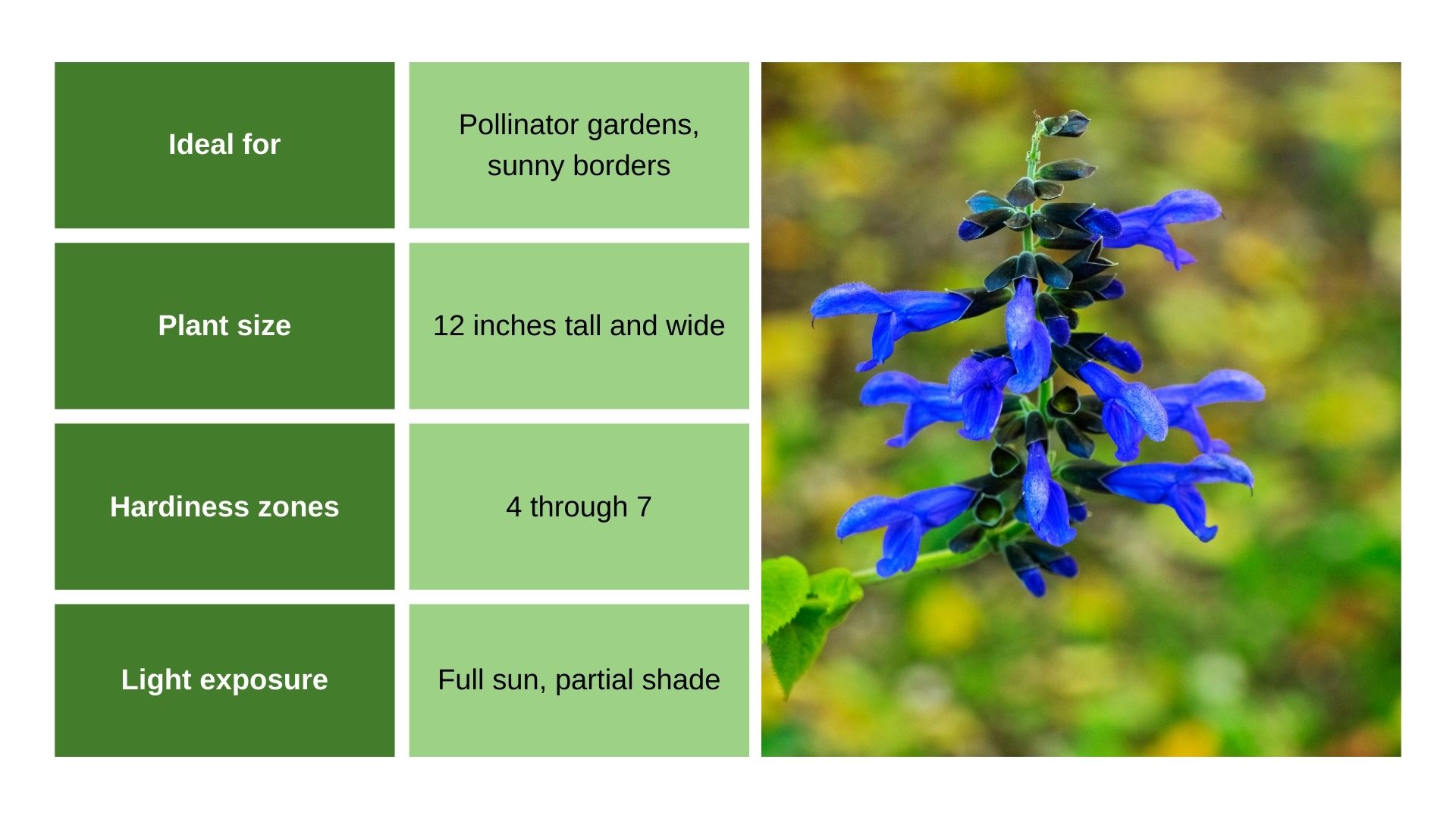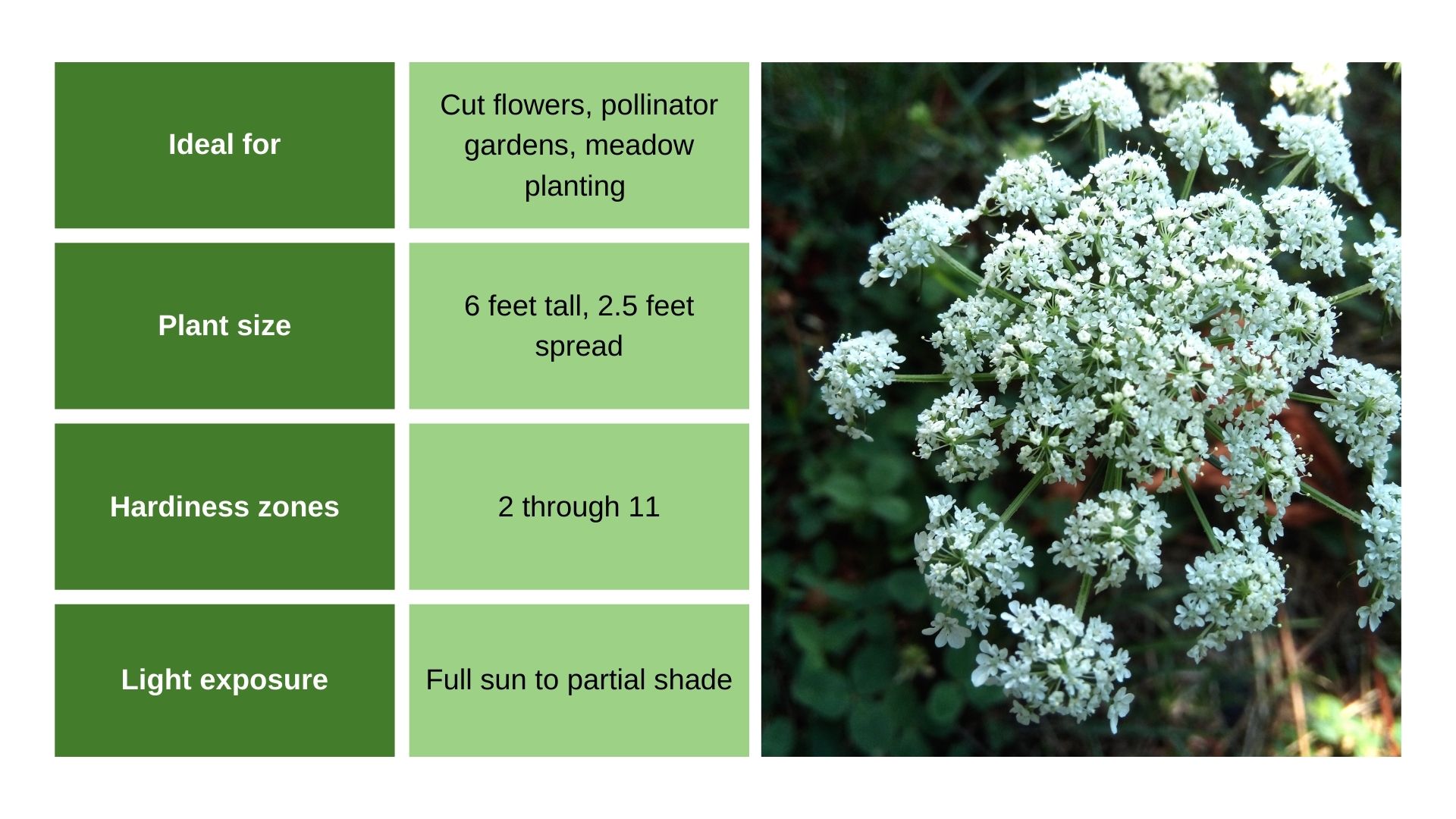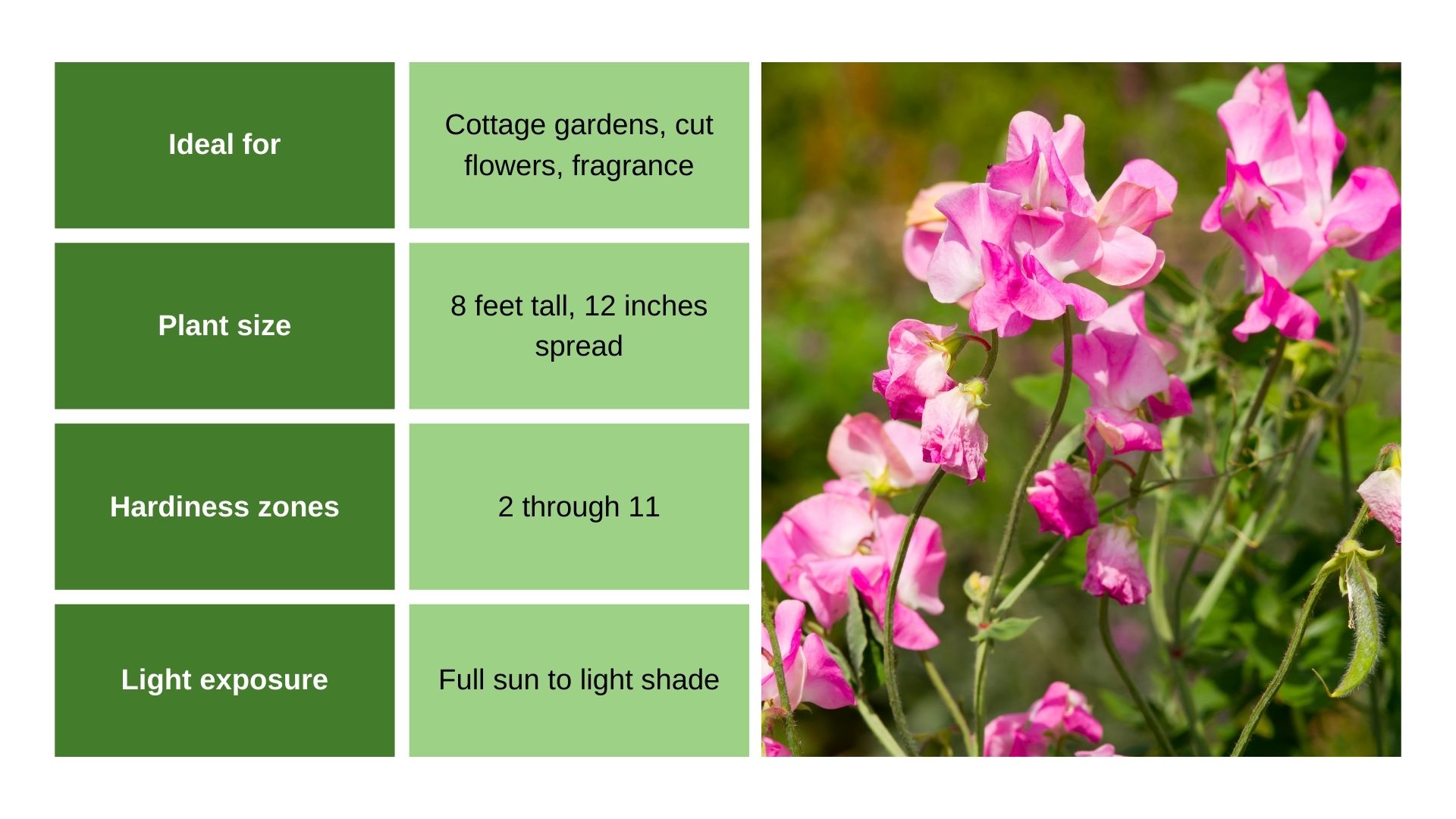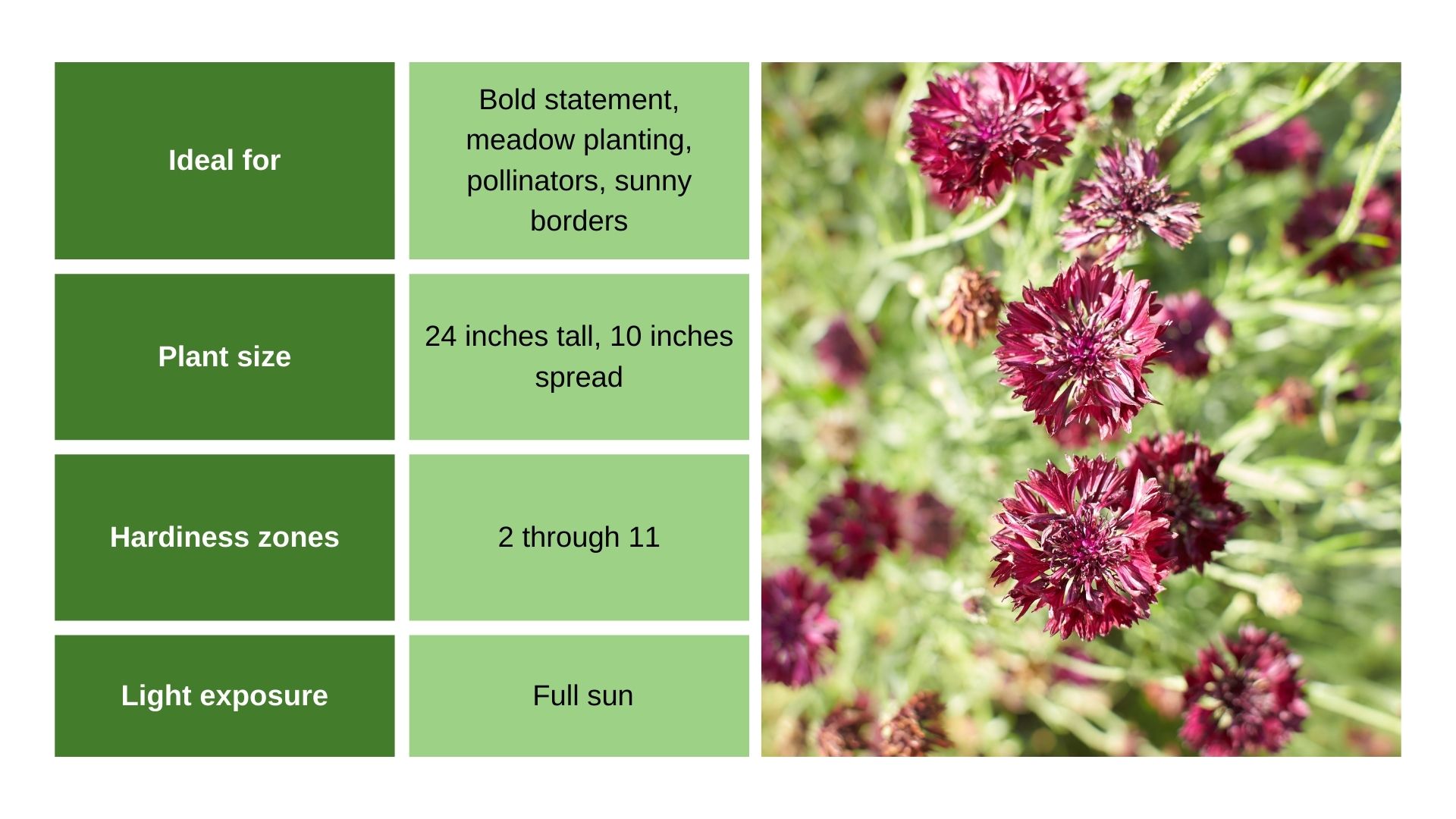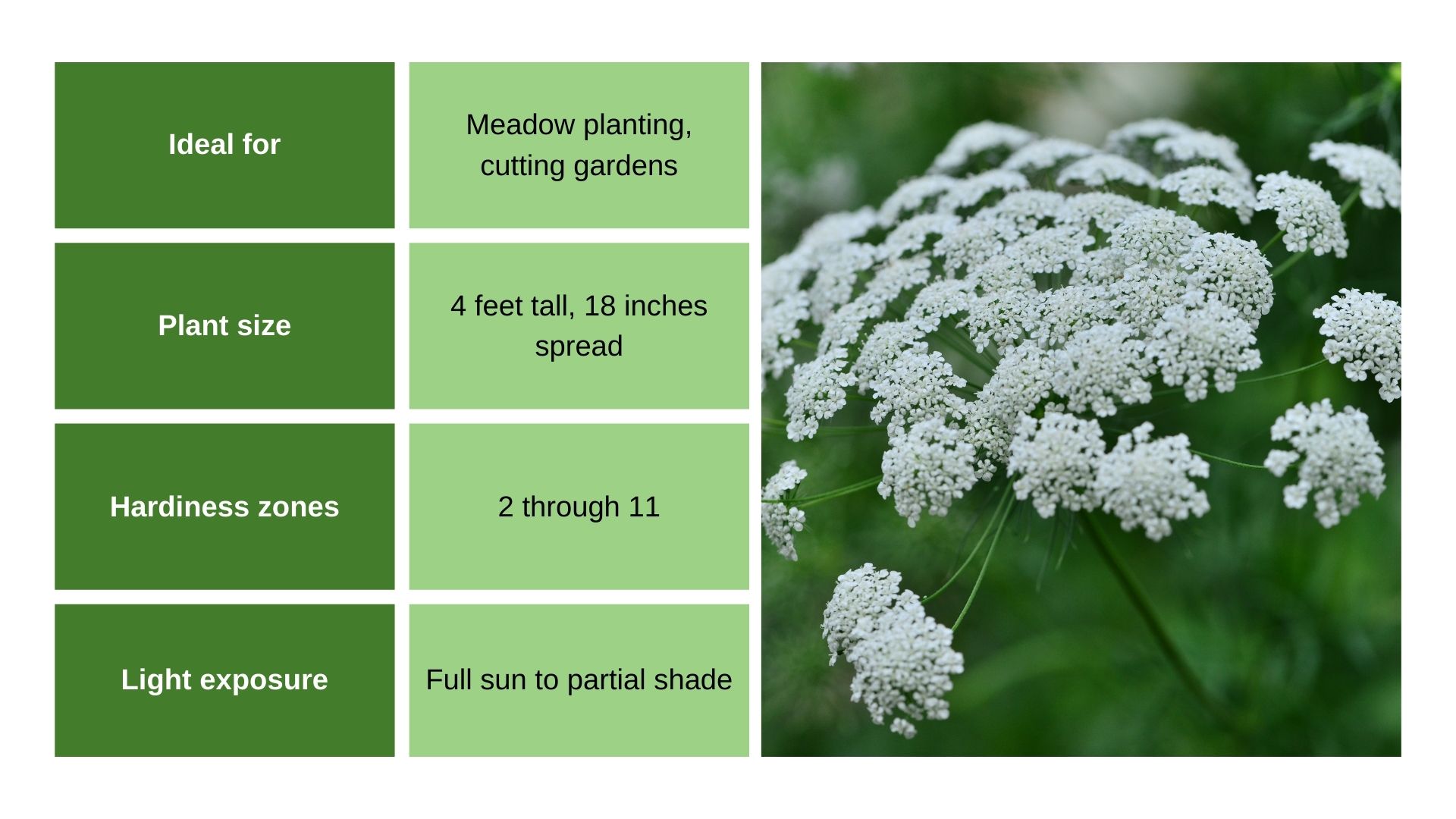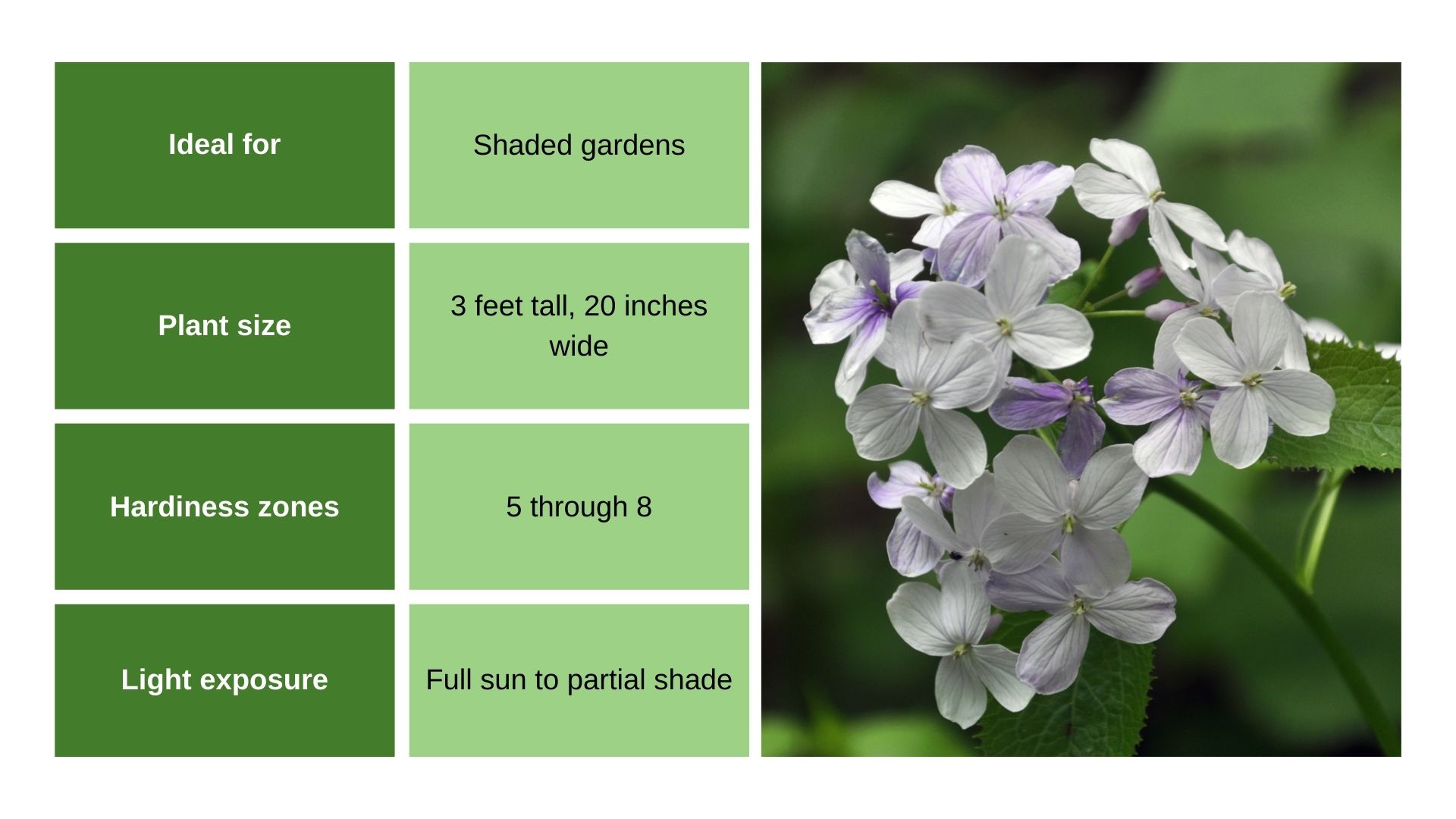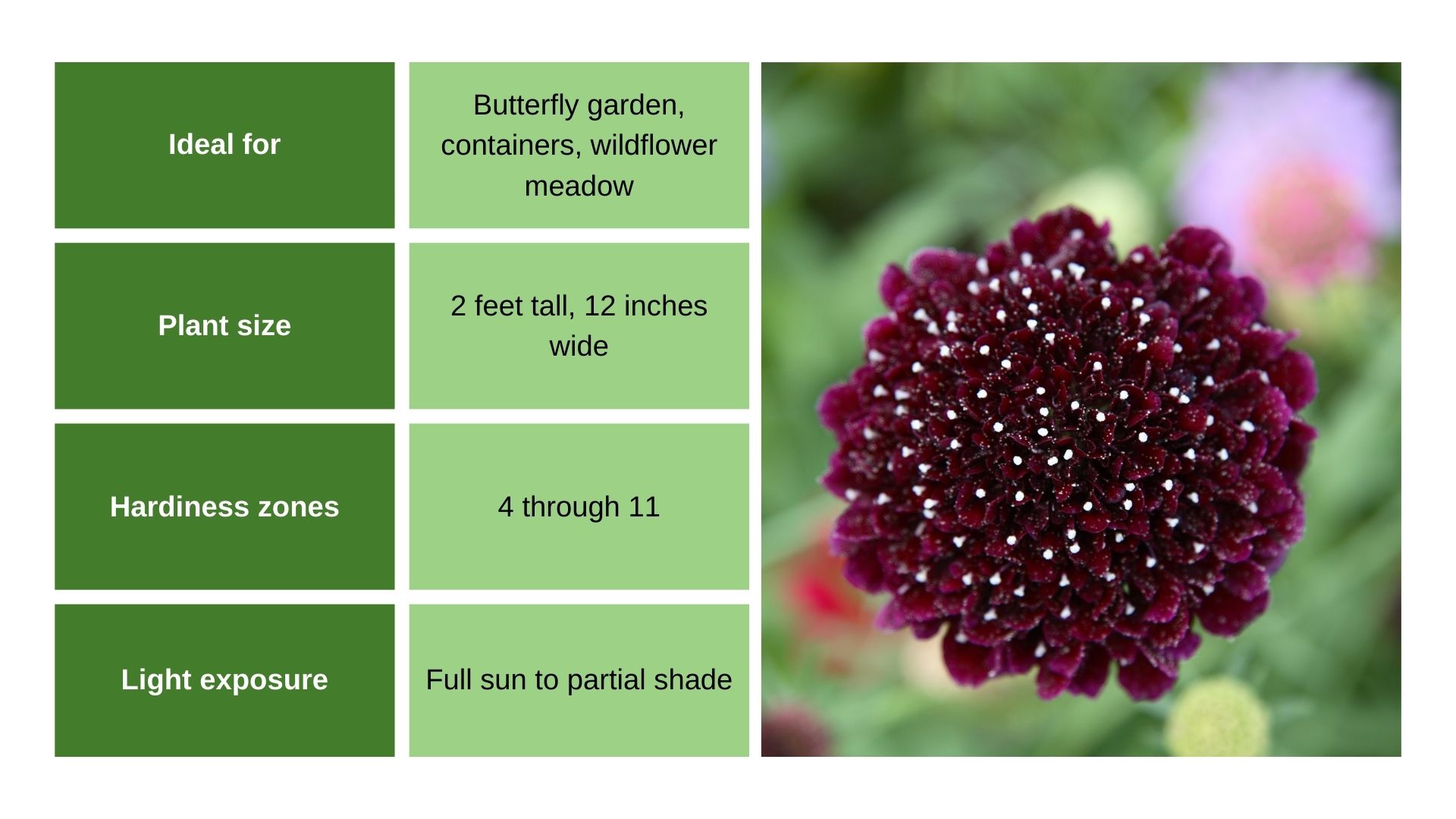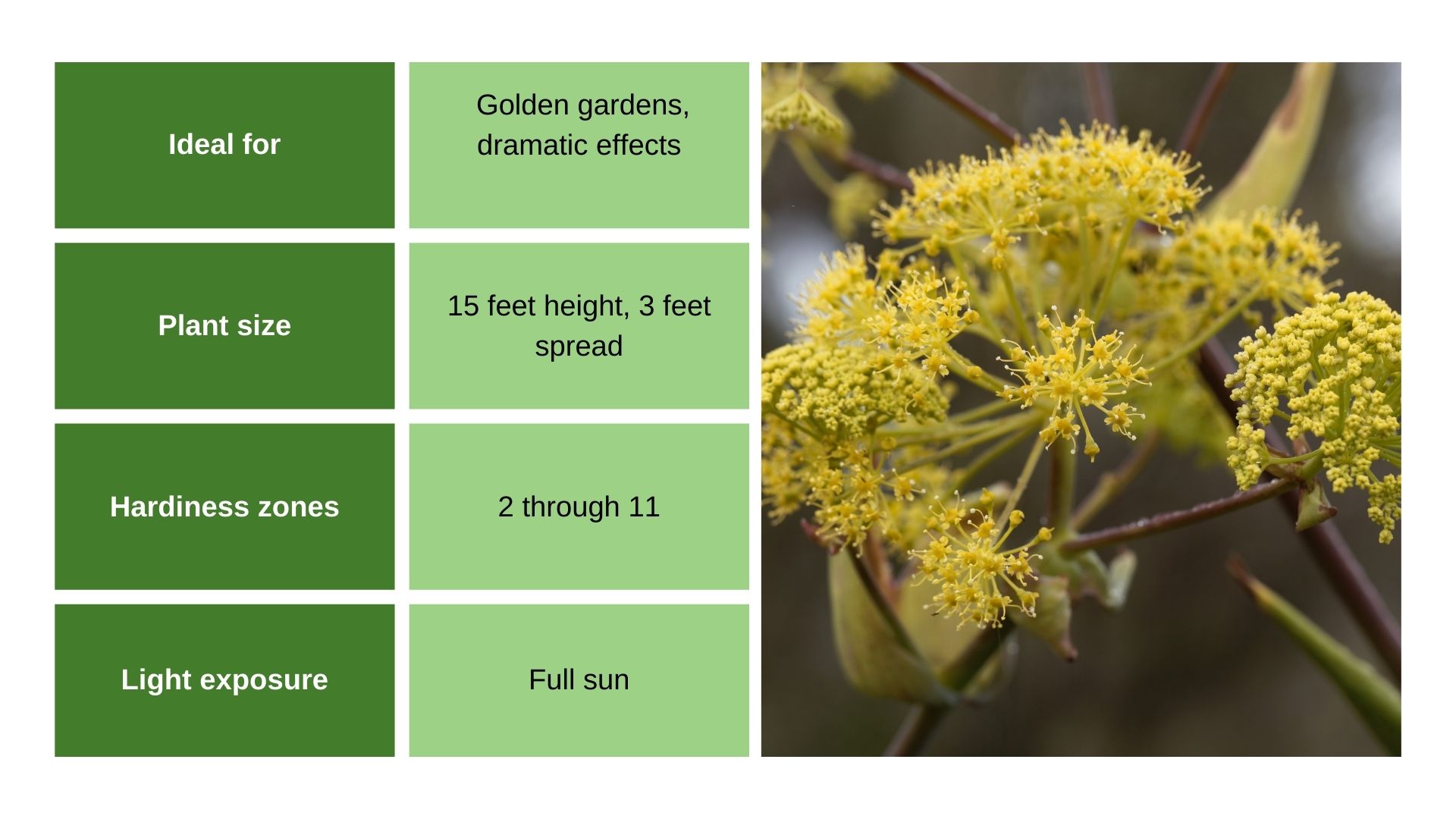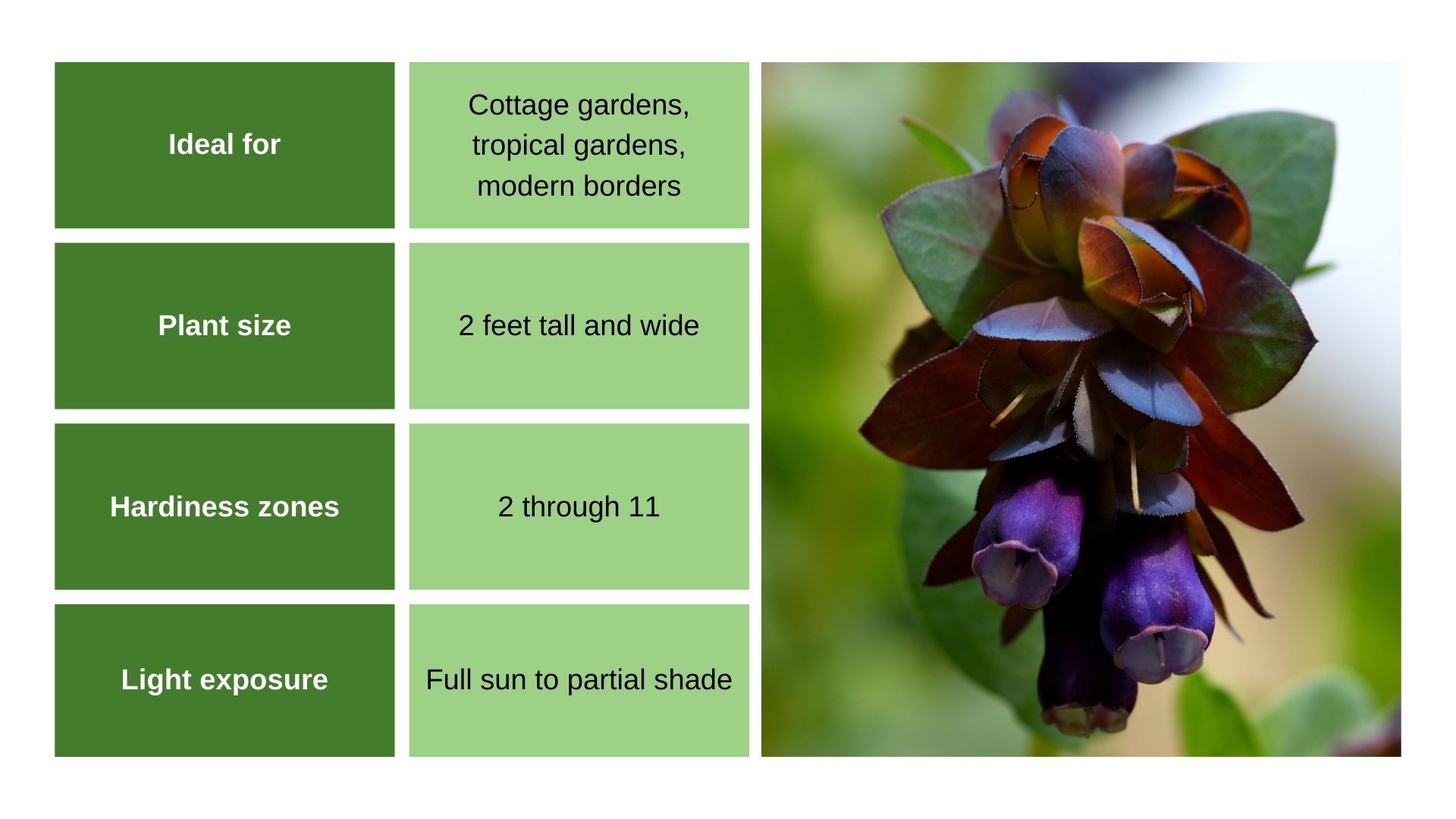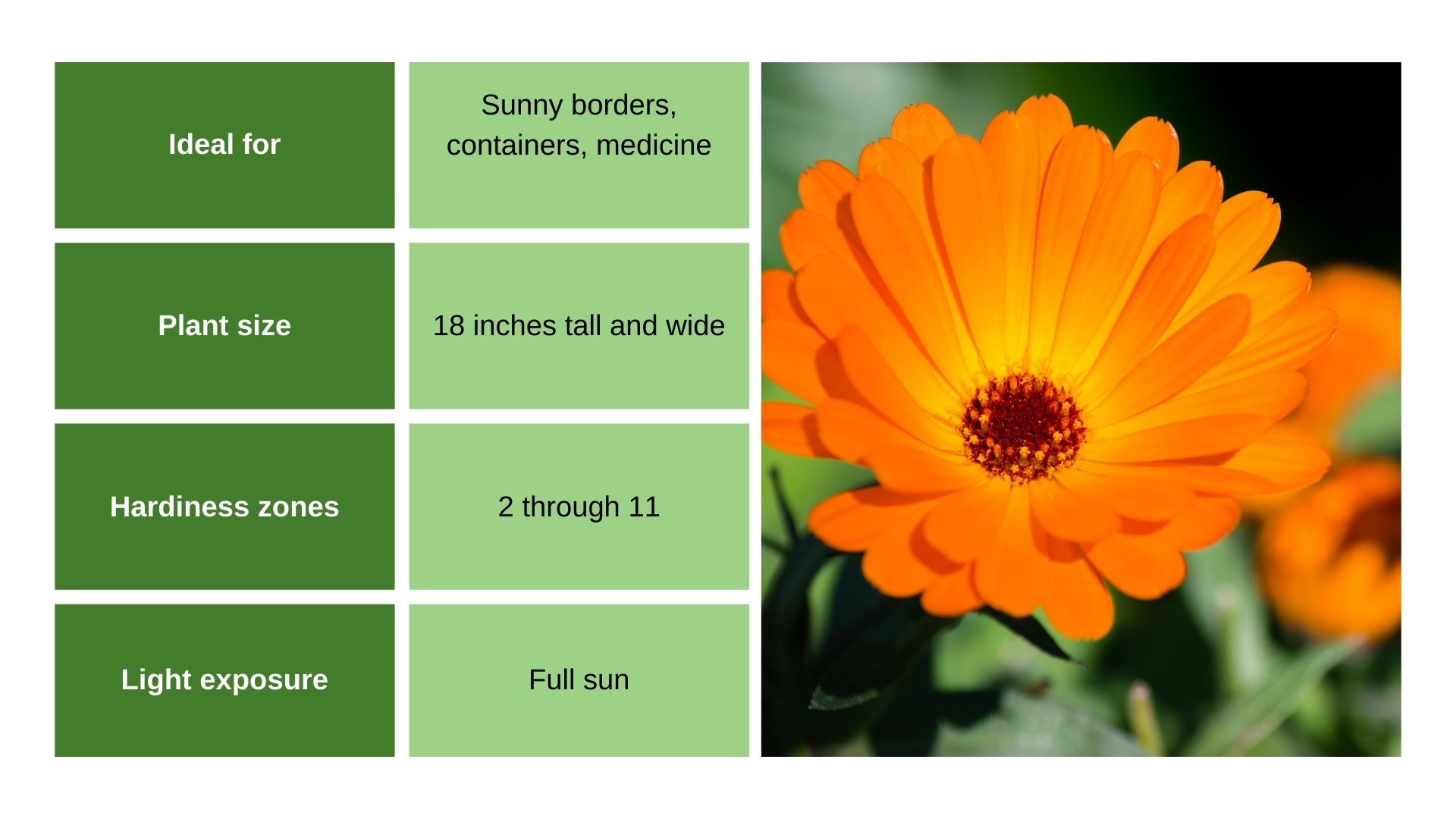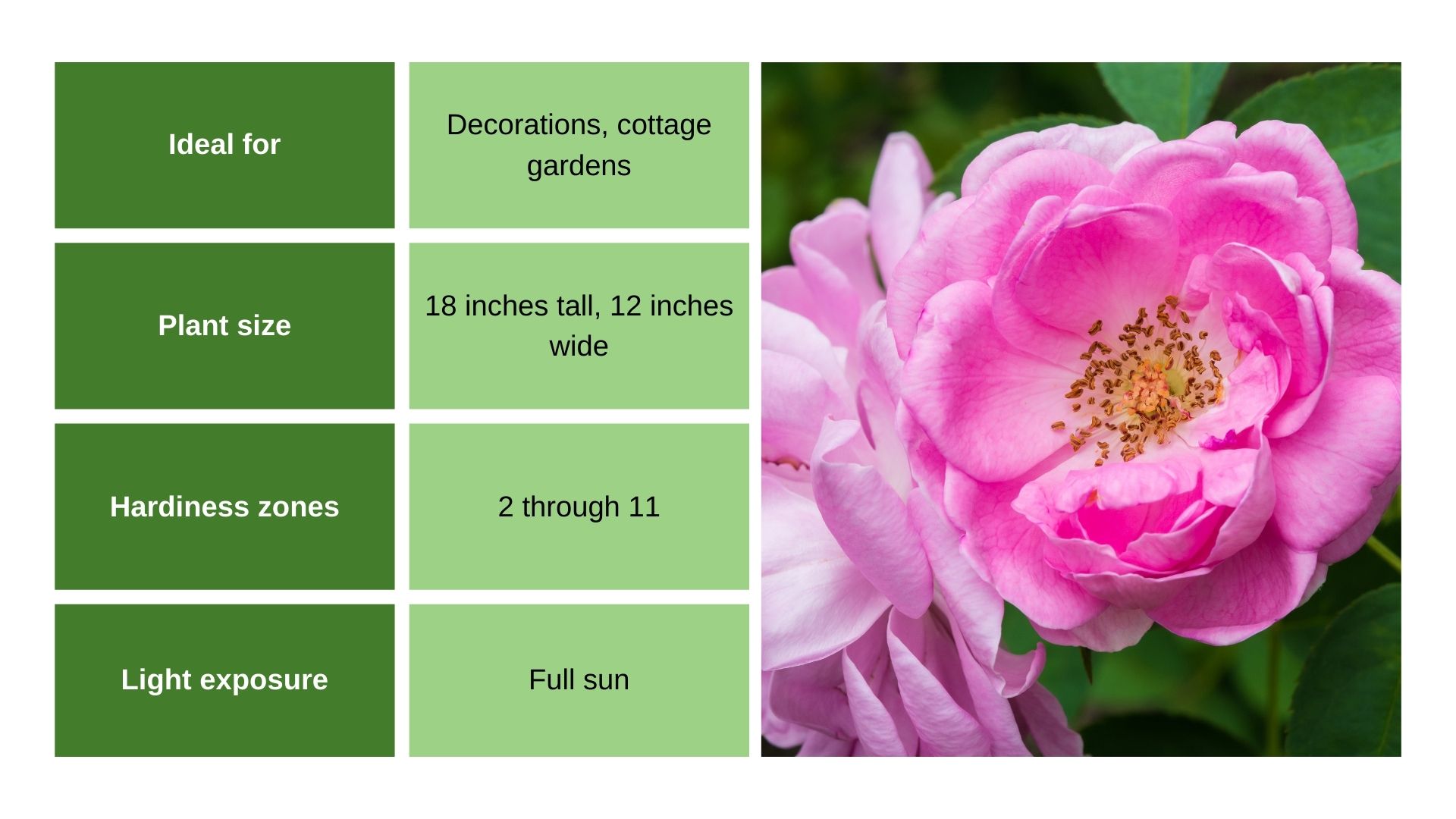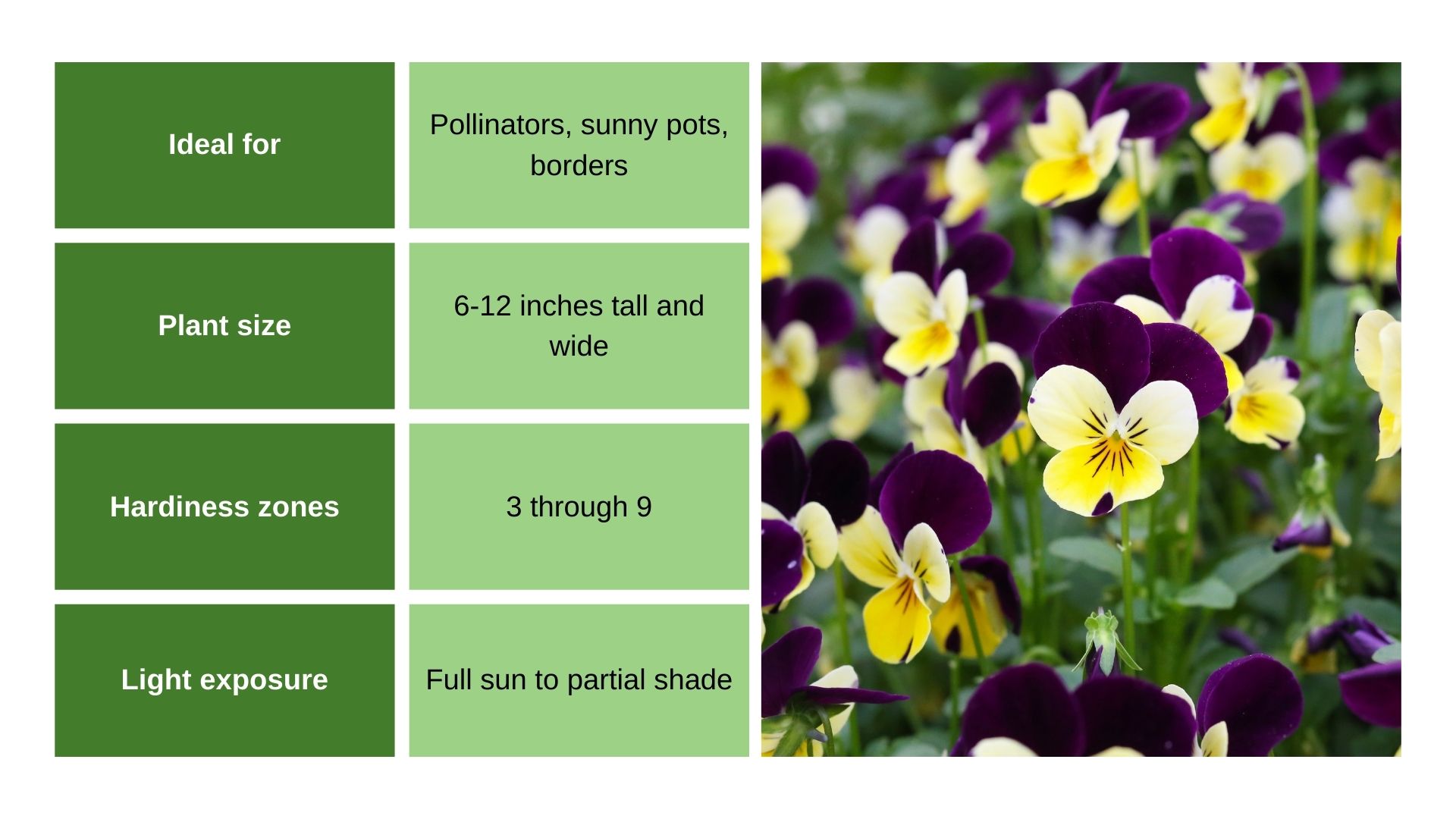Don’t let your summer garden fade away! Now is the perfect time to sow fall flowers!
Whether you have saved seeds from your previous flower collection, or you just bought some new ones that you are trying to grow, it’s time to roll up your sleeves and start digging.
Planting fall seeds is all about enjoying and looking forward to the upcoming growing season. So while things are going well, stock your future beds and borders with the greatest perennials and annuals you can find!
1. Eryngium Giganteum
We are starting off with one of the most dramatic perennials, Eryngium giganteum, otherwise known as Miss Willmott’s Ghost. This is a statement plant that produces unique flowers surrounded by spiky silver-gray bracts.
The flower seed should be planted in September – make sure to find a spot with weed-free and well-draining soil. These plants can take a couple of years to mature, which is why you should make sure that young plants are not overcrowded.
But once they do mature, they will make your garden look beautiful and filled with bees and butterflies!
2. Baptisia Australis
Blue false indigo, otherwise known as Baptisia australis, is a beautiful blue flower that brings peace and harmony into the garden. Its gray-green foliage adds a lovely contrast to the vibrant blooms.
Make sure to sow its seeds in late summer or early fall. Before sowing the seeds on compost and covering it with grit, prepare them by nicking them with a knife and then soaking them.
After being sown in the fall, seeds require six to twelve weeks of cold weather before germination occurs. After the last frost, make sure to harden off your young plants before planting them outside in the spring.
3. Orlaya Grandiflora
If you are looking for an airy umbellifer, then Orlaya grandiflora is the perfect choice for you. These drought-tolerant plants produce white, lacy flowers that combine perfectly with lacy foliage.
White lace flowers can truly add a touch of elegance to your garden!
When sowing the seeds, make sure to do it in the fall or late summer. Plant them in fertile, well-draining soil.
4. Silene ‘Blue Angel’
Silene ‘Blue Angel’, also called Catchfly, is a perennial plant which produces bright blue flowers that serve as a magnet for pollinators!
If you want to add some more colorful flowers to your garden, then you should definitely sow Catchfly seeds. These seeds should be planted in compost and covered with vermiculite or fine horticultural grit during early spring or fall.
To get them off to a good start, you can use a heated propagator. When seedlings are ready to be planted outdoors in the spring, spread them out into small pots. Plant them outdoors in full sun and good drainage.
5. Ammi Majus
Bishop’s flower, also known as Ammi majus, is a beautiful plant that produces delicate, lacy white flowers. These flowers are often used in floral arrangements, and they are also great for attracting butterflies and bees.
It is a sturdy plant that can grow quite tall when sown early. Make sure to put them somewhere sunny with well-draining soil. Keep your Bishop’s flower in soil that is moist and fertile.
6. Lathyrus Odoratus
This plant is commonly known as Sweet pea. It is a climbing plant with vibrant and fragrant flowers that come in different shades, including blue, white, pink and purple.
There are numerous varieties to choose from, and most of them are usually sown between October and November. When planting, make sure to plant one seed per container. Ensure that the soil is well-draining and fertile.
Young seedlings can withstand temperatures as low as 23 degrees Fahrenheit. Plant them in the ground after the danger of frost has passed (the soil should be warm, too!). If they become excessively leggy, pinch out the shoots.
If you are from Iowa, then you might as well check out these 15 Iowa Native Plants That Can Spruce Up Your Garden.
7. Centaurea ‘Black Gem’
This cornflower creates a bold statement in your garden with its striking dark maroon to blackish-purple flowers. If you love drama, then you are definitely going to love this dramatic flower!
Luckily, it is not so dramatic when it comes to planting and growing – this unusual flower can even thrive in poor soil conditions. You should just make sure to find a weed-free area in your garden when planting. You can also sow them in pots and transplant them in the spring.
Make sure that these flowers have full sunlight exposure and enough moisture during the growing season.
8. Linum Grandiflorum
Flowering flax, scientifically known as Linum grandiflorum, is a floriferous annual that produces scarlet-red or sometimes orange flowers. Its vibrant color makes it a standout in any garden.
This plant is relatively easy to grow. Make sure to sow flowering flax seeds from late summer to early autumn. You can use a heat propagator to induce germination. Remember to thin out the seedlings and keep them in a warm location.
Once the weather is nicer and the soil is warmer, plant them outdoors. Find a spot with full sun exposure, but also well-draining and sandy soil.
9. Ammi ‘Green Mist’
Here is yet another Ammi variety that is perfect for sowing in the fall!
This annual umbelliferous plant produces feathery green leaves and tiny white flower clusters. Their elongated stems make them perfect for mixed borders and meadow plantings, but are also used for adding a soft touch to bouquets.
The ‘Green mist’ seeds should be planted between August and September into seed trays. Using a heat propagator is an option. Transplant the seedlings in the pot and let them overwinter in a sheltered location.
Also read: The Most Beautiful Italian Flowers & What They Symbolize
10. Lunaria Rediviva
Lunaria is a type of money plant in which flowers turn into distinctive silvery seed pods that look like coins. It is believed that this plant brings fortune and prosperity. However, their purple flowers are also great for making your garden look more unique and beautiful.
Lunaria rediviva is a plant that can grow in shady areas, as well as in full sunlight exposure. It’s best to plant their seeds into the ground during fall. Let them overwinter because they need a cold snap for germination.
You can save their seeds or allow them to self-seed and prepare themselves for the next season.
11. Scabiosa ‘Burgundy Beau’
Scabiosa ‘Burgundy Beau’ is a perennial with striking deep burgundy to wine-red flowers that just keep on growing throughout the summer. These flowering plants are perfect for butterfly gardens, containers, and floral arrangements.
The seeds should be planted in September. Make sure to sow them into a moist compost that also drains well. Keep them warm enough to induce germination. Once the spring arrives and frost has passed, plant them outdoors in containers or flower beds.
If you want to add more darkness into your living space, make sure to check out these 10 Black House Plants That Can Light Up Your World.
12. Ferrula Communis
On the other hand, if you want to make your garden look golden, then you should definitely consider planting Ferrula communis. This is a perennial plant that produces tall, feathery foliage and large, umbrella-like clusters of yellow flowers.
Although these are ideal flowers to plant in the fall season, you should keep in mind that germination can be quite lengthy because the seeds require a period of cold to begin with germination.
I would suggest you put the Ferrula seeds in trays from late winter. Don’t let them dry out and ensure you keep them in a cool area. After the final frost, sow fennel outside and pot the seedlings in the spring.
These are some good drought-tolerant plants but they can still benefit from occasional watering. Make sure that these golden plants receive plenty of sunshine!
13. Cerinthe Major ‘Purpurascens’
Cerinthe major ‘Purpurascens’ is an annual with blue-green foliage and unique, tubular, purple-blue flowers. They truly stand out in the garden and add that tropical feel to it. The flowers are ideal for attracting beneficial insects and pollinators.
If you already grow this Cerinthe major variety, it will probably self-seed (that is, if the plant was kept in good conditions). However, if you want to add this mysterious plant to your flower garden, plant the seeds in the fall.
In mild regions, seedlings can be planted outdoors in the fall. Otherwise, overwinter them in a greenhouse or cold frame so they are prepared for planting out in the spring.
Here’s a useful video about sowing Cerinthe major ‘Purpurascens’ seeds: Grow-A-Long Cerinthe major ‘Purpurascens’, (Honeywort)
14. Calendula ‘Indian Prince’
Everyone should grow calendula in their gardens!
Not only are these flowers aesthetically pleasing, but they are also edible and have several medicinal properties. Calendula ‘Indian Prince’ is an annual with deep orange petals and dark centers.
You can use them to add a warm and vibrant touch to your garden beds, or use the flowers to make delicious tea that is super beneficial to our well-being.
Save their insect-like seeds at the end of the season or buy new ones. Plant seeds in pots of sturdy plants that are ready to be added to borders in September and October. Make sure that the soil is well-draining!
15. Nigella Damascena
Nigella damascena, otherwise known as Love-in-a-Mist, is a hardy annual plant that features intricate flowers surrounded by a feathery bract and fern-like, delicate leaves. This is truly a cottage-garden charm!
What also makes them unique are their decorative seed pods. If you already have one, then capture these seeds at the end of the summer if you want to sow them again. Put them in a paper bag and turn the spent stems upside down.
Prepare your trays and fine compost for seedlings. Sow the seeds and cover them with vermiculite. When the second set of leaves appear, prick out young seedlings and transplant them when the young plant has roots visible at the bottom of the pot.
You might also like: 20 Fantastic Plants And Vegetables To Plant In Your Garden In August
16. Viola Tricolor
We have saved the best for last!
Meet Viola tricolor, a delightful perennial with small, cheerful flowers in shades of purple, yellow, and white. It is a charming plant that self-seeds readily, so you don’t have to worry about sowing them every season!
When planting, make sure that there is a good source of light because the seeds rely on it more than heat for germination. You should also use a light compost mix and sand when sowing the seeds.
In the following spring, plant them in a location with well-draining, fertile soil and a lot of sunshine. Still, these can tolerate some shade, too. Make sure to water them and keep the soil moist.
If you are not into transplanting, make sure to check out these 10 Affordable Flower Seeds You Can Sow Directly Outdoors.

